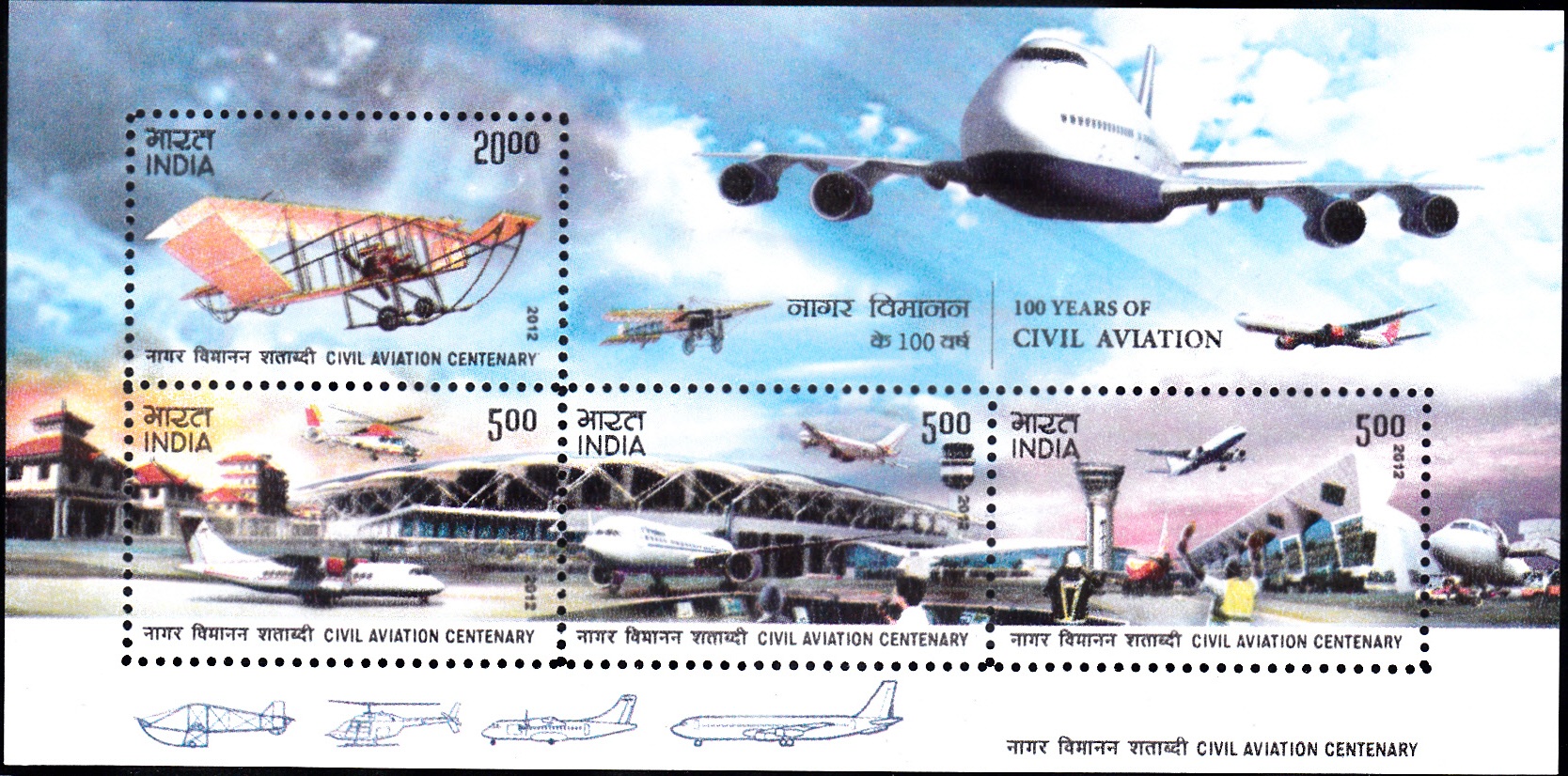
Civil Aviation in India 2012
A Miniature Sheet consisting of 4 nos. of postage stamp on the 100 years of Indian Civil Aviation :
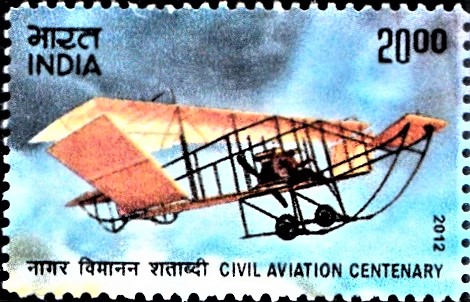
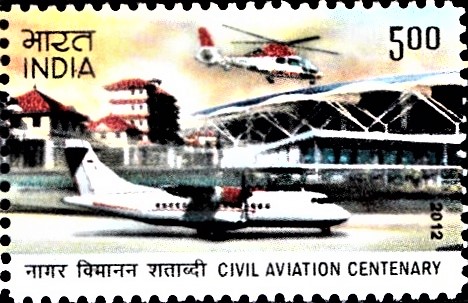

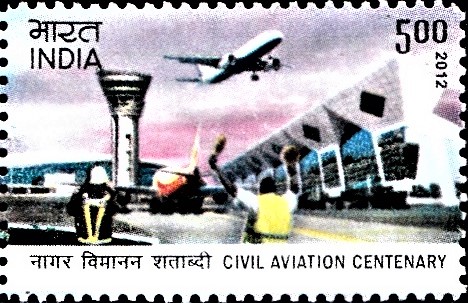
 Issued by India
Issued by India
Issued on Mar 14, 2012
Designs : The design of the stamps and the miniature sheet depicts the journey of the Civil Aviation in India, starting from the first commercial flight to its ubiquitous presence across the country with airports having world class facilities.
Credits :
Stamp / FDC & Miniature Sheet : Kamleshwar Singh
Cancellation : Alka Sharma
Type : Miniature Sheet, Mint condition
Colour : Multi Colour
Denomination : 2000, 500, 500 & 500 Paise
Stamps Printed : 0.4 Million each (0.1 million for the proponent)
Miniature Sheet : 0.2 Million
Printing Process : Photogravure
Printer : India Security Press, Nashik
About :
- Civil Aviation started in India when the French pilot Monseigneur Piguet undertook the first commercial flight covering a distance of about 10 kms from Allahabad to Naini on February 18, 1911 for carrying mail. The Indian Civil Aviation industry has come a long way since then and has completed a successful journey of 100 years.
- The first domestic air route between Karachi and Delhi was opened in December 1912 by the Indian State Air Services in collaboration with the UK based Imperial Airways. The aviation industry gathered momentum in 1932 when J.R.D. Tata founded Tata Airlines which later became Air India, the national carrier of independent India. In order to strengthen the base of aviation industry, Government of India established a joint sector company, Air India International, in collaboration with Air India in early 1948. The nine other existing airline companies were also nationalised under the Air Corporations Act, 1953. With the beginning of the globalisation era in the 1990, the Government adopted the open sky policy and further extended it in 1994 by ending the monopoly of the Indian Airline and Air India. The Air Corporations Act, 1994 has allowed private operators to provide air transport service. Aviation, by its very nature is a critical part of the infrastructure of any country and can contribute significantly to the development of tourism and trade, opening up of inaccessible areas and providing a stimulus to business activity and economic growth. For many years in India, air travel was perceived to be a privilege of the elite. This perception has, however, changed in recent years and aviation is now viewed in a different light – as an essential link not only for international travel and trade but also for providing connectivity to different parts of the country.
- The aviation industry in India is one of the fastest growing in the world. It has undergone a major transformation in the past two decades in terms of modernised terminal buildings, sophisticated aircrafts, equipments and a number of airlines options for the customers.
- Text : Based on the material provided by the proponent.


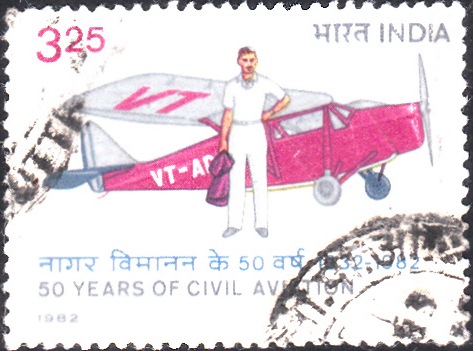


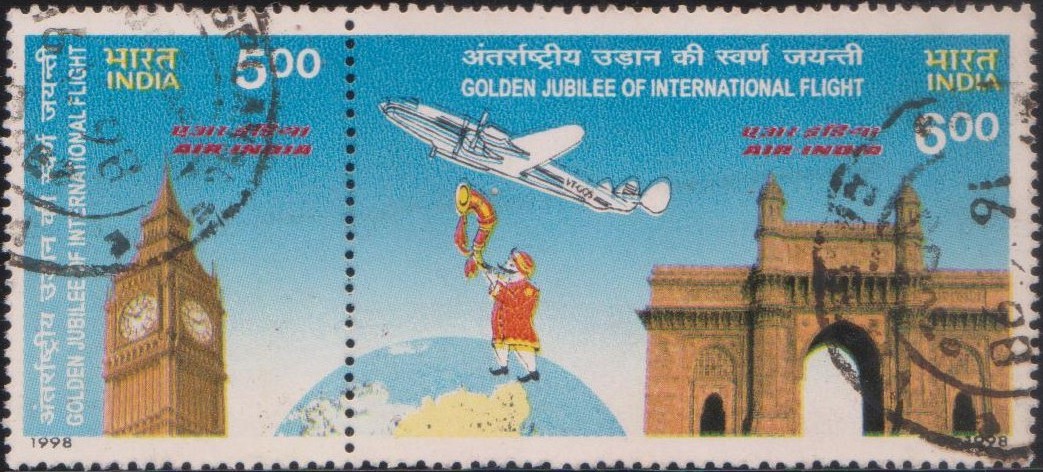
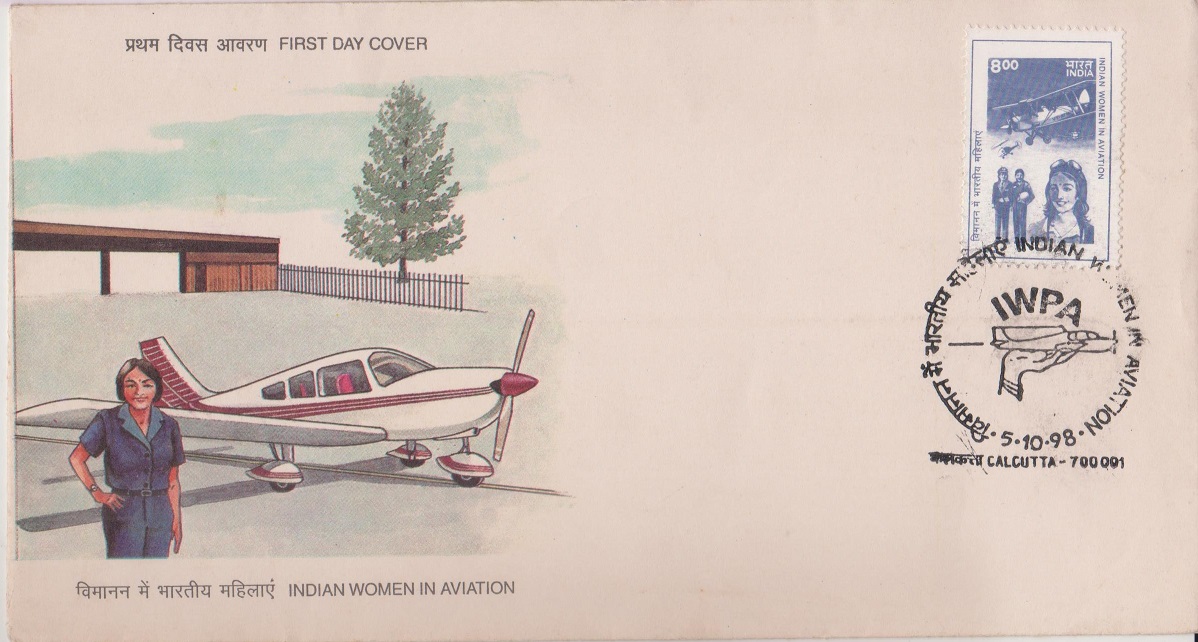
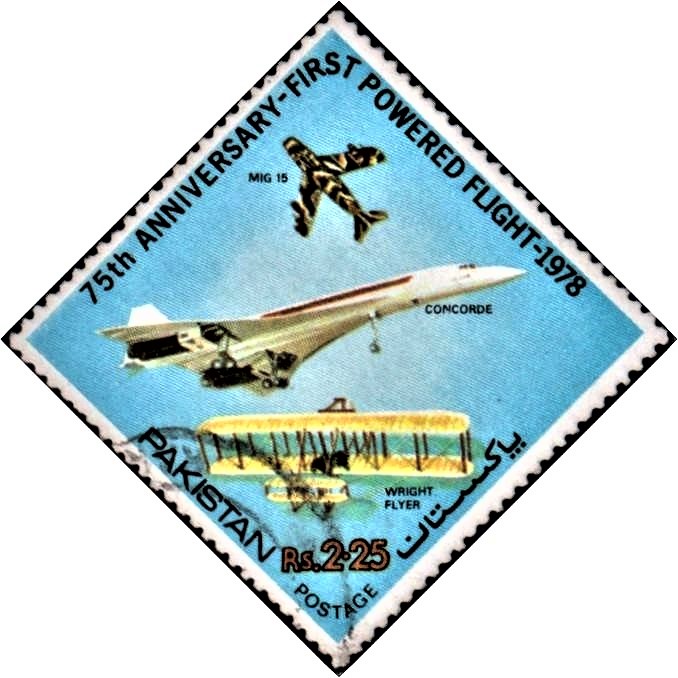
[…] A300 B2 on Indian Airlines network from December 1, 1976 heralded a new era in the history of Indian Civil Aviation. The faster and quieter 278-seater Airbus powered by two CF6-50 engines flies on the trunk […]
[…] served in the Union Council of Ministers holding various important portfolios, such as Railways, Civil Aviation and Tourism and Human Resource Development and displayed his administrative acumen. An active […]